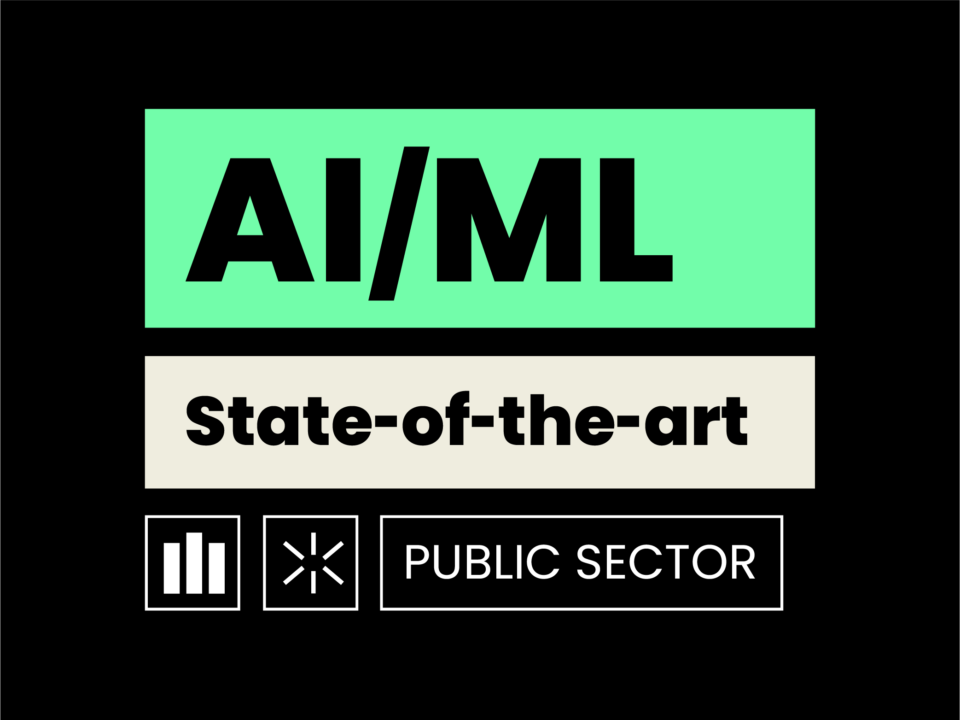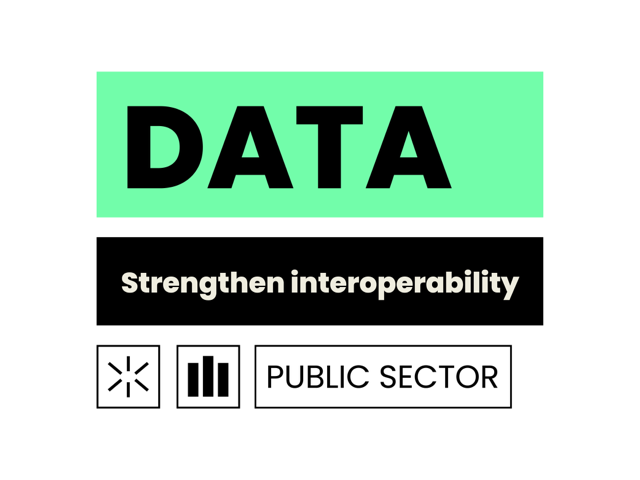Redefining cloud technology
Switching from bespoke IT to standardised platform as a service
01. Context
Transitioning from a highly custom IT offering to a more productised approach involves more than putting a new name to an existing range of services. This is precisely why a leading IT service provider approached us. They were looking to streamline and automate a software platform and its accompanying management tools, which they offer to large enterprises. Typically, this kind of environment is tailored individually, resulting in extended sales cycles and sometimes redundant development efforts. This is why our client sought to transform their offering into a product, both from a technical and service perspective. By placing a stronger emphasis on automation and increased service standardisation, they wanted to expedite delivery times and also expand their focus to cater to smaller clients, too.
The main objective? To access a broader market, establish standardised procedures, save employees time and lay the groundwork for additional productisation of their typically highly customised IT solutions for end customers. The client engaged us to bridge the gap between technical expertise and business acumen, translating technical challenges into a robust business case.
02. Process
During our initial kick-off meeting, we outlined a four-month roadmap with tangible deliverables that would make the client’s platform ready to sell. This plan included developing a pricing model and a refined business strategy. Previously, a small team of our consultants had already spent nearly four months crafting the desired product’s value proposition. For this follow-up assignment, one of our consultants took on the role of product manager, embedded with the client’s teams. The main objective was to accelerate service delivery to existing customers while improving affordability. International expansion would be a next step. Looking ahead, we envisioned further enhancing the client’s software platform through automated deployment, enabling them to extend their services to smaller markets. Our consultant’s primary focus was on advancing the productisation aspect of the client’s revamped offering.
Some of the key deliverables on the road to becoming ready-to-sell:
- Service description and sales presentation
- Competitor analysis
- Pricing model and go-to-market name and logo
- Project management for technical delivery
Our core task of becoming ready-to-sell started by creating a pricing model. During our previous project with the client, we had already built a business case based on an internal costing model. However, this model required further refinement, as it lacked a clear pricing structure for end clients. Customers demand a precise and easy-to-grasp description of what they’re buying. For instance, we reorganised some of the more abstract technical assets of the client’s platform into more tangible components, such as a so-called foundational layer and various packages containing different clusters and support services, including tooling and platform monitoring. Using this new approach, existing customers can be transitioned into this new package. From a customer perspective, they now perceive the entire offering as a comprehensive bundle with additional tools. This new approach to productised selling also includes managed services, encompassing both proactive management and incident handling. Integration and migration paths remain tailored to the unique needs of individual clients.

03. Insights
In addition to the weekly sync-up meetings with the team, our monthly status updates to the board offered an opportunity to report progress on the latest deliverables and overall project progress. This hands-on approach, along with our presence at product management meetings, allows us to become more deeply involved and gain a thorough understanding of any challenges our client’s development team might be facing.
This visible presence also contributes to shifting employees’ perspectives and encouraging a more product-oriented mindset across teams. Throughout our assignment and the resulting internal discussions, we identified and flagged this internal advocacy component as an additional focal point that we decided to promptly address alongside our main productisation development cycle.
The success of new product offerings and innovative approaches to selling depends on the endorsement and support of every employee. Achieving this requires internal awareness at all levels within an organisation. Our goal was to instil a new mindset in our client’s salespeople and presales architects. That’s why our consultant engaged with various internal teams to introduce the updated sales presentation, pricing model and sales descriptions for the new productised solution. This enables the sales teams and architects to present the new offering more effectively to both prospective and existing customers. The success of this additional educational role has led to our consultant expanding their advocacy role to also educate the client’s account managers and customer success teams about the new package.
04. Results
As our consulting engagement was coming to a close, we delivered a well-defined, productised version of the client’s cloud services. This solution was ready for sales and implementation with both existing and potential clients, complete with a clear business case outlining initial ROI expectations. We also transformed the existing internal pricing structure into a client-friendly commercial model, supported by sales collateral and drafts for new marketing content. In addition, our ongoing efforts extend to incident management and optimisation of the service team’s organisation. We’re helping to set up both of these departments for maximum efficiency in support of the product-oriented way of selling.
This case study is particularly pertinent to organisations across various industries. Many businesses that offer customised services encounter challenges when trying to standardise their portfolio. Additionally, educating team members on selling these new, productised services can be a daunting task. A robust business case, combined with an internal education component, plays a pivotal role in building trust and leveraging the rollout of such a new initiative.
Want to know more about this case?



